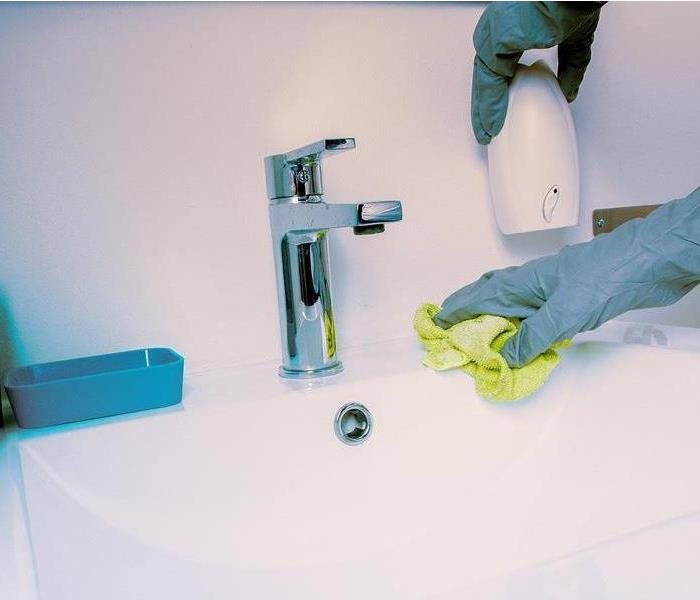Mold: Common Types Found In Homes
8/10/2018 (Permalink)
Mold comes in many types and forms. In fact, there are more than 100,000 types of mold including about 150 types of mold found in homes--each of which can have several subtypes. The good news is that most people tolerate exposure to moderate levels of many different molds without any apparent adverse health effects. The bad news? Some molds may cause health effects.
In this post you’ll learn about identifying some common types of mold in your home.
The most common types of mold you may find in your home include aspergillus, cladosporium, and stachybotrys atra (black mold).
Aspergillus is a fairly allergenic mold that is commonly found on foods and in home air conditioning systems. Cladosporium is typically a black or green "pepper like" substance that grows on the back of toilets, painted surfaces and fiberglass air ducts.
Black Mold (Stachybotrys Atra)
Black mold is most likely to appear in your home in places that are particularly warm, humid, and damp—like basements or crawlspaces that may have leaks or other sources of moisture. You can identify black mold by its black color. Most other molds are green or gray in color.
Removing black mold is a step-by-step process that requires patience, an investment in protective gear, black mold removal products, and the courage to brave dark, cramped spaces inhabited by fungus. These are among the reasons why many homeowners hire SERVPRO of Bloomfield/Enfield to remove black mold.
We know mold. Call SERVPRO Bloomfield/Enfield at (860) 216-2785
Mold or Mildew: What’s the Difference?
Mold and mildew are types of fungi. Typically, mold is black or green, and mildew is gray or white. Mold tends to grows on food, while mildew grows on damp surfaces, like bathroom walls, basement walls, or fabrics. Mold grows in the form of multicellular filaments or hyphae, while mildew has flat growth. Mildew is often referred to as a kind of mold.
Orange or Red Mold
Mold that appears to be orange or red in color is usually found outdoors. It thrives on decaying plants and moist wood. This type of mold, which can appear slimy, is harmless. The main reason to remove it (should you decide to) is for appearances.
Aureobasidium
Often referred to as “bathroom mold,” aureobasidium is found on caulk, windows, bathtubs, and showers. It’s a black mildew.
We know mold. Call SERVPRO Bloomfield/Enfield at (860) 216-2785
Wallemia
This type of mildew is relatively harmless and grows in dust in homes. Wallemia does not need moisture to grow.
Fusarium
This toxic mildew is very common after a flood. Exposure to fusarium may cause some negative health symptoms.
The Importance of Testing
Unfortunately, you can’t identify most types of mold in your home with a photograph or with your naked eye. Most molds look similar. What you can do is send a sample for black mold testing to a qualified mold laboratory.
Remember that it’s critical to know the types of mold and the amounts you inhale. If you’re concerned, consider testing the air in your home or call SERVPRO of Bloomfield/Enfield.
SERVPRO of Bloomfield/Enfield
Top 50 Franchise Nationally
100 Peters Road, Bloomfield, CT 06002
IICRC Certified
Noemi Garcia
Certified SERVPRO technician
Call 860.216.2785
24-hour emergency service






 24/7 Emergency Service
24/7 Emergency Service